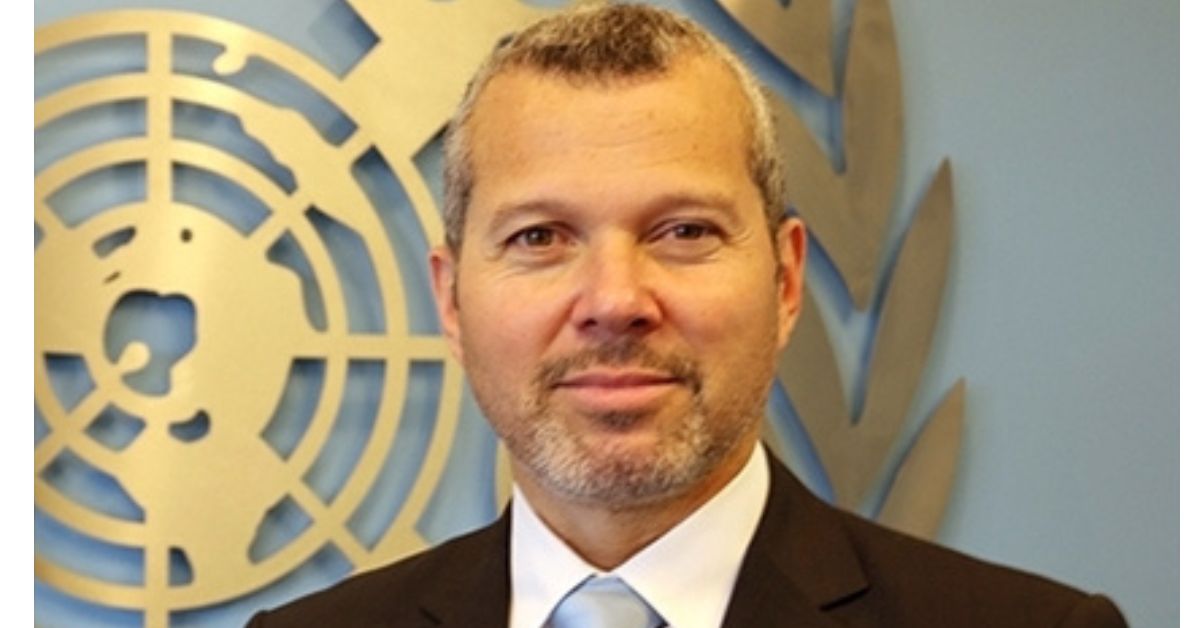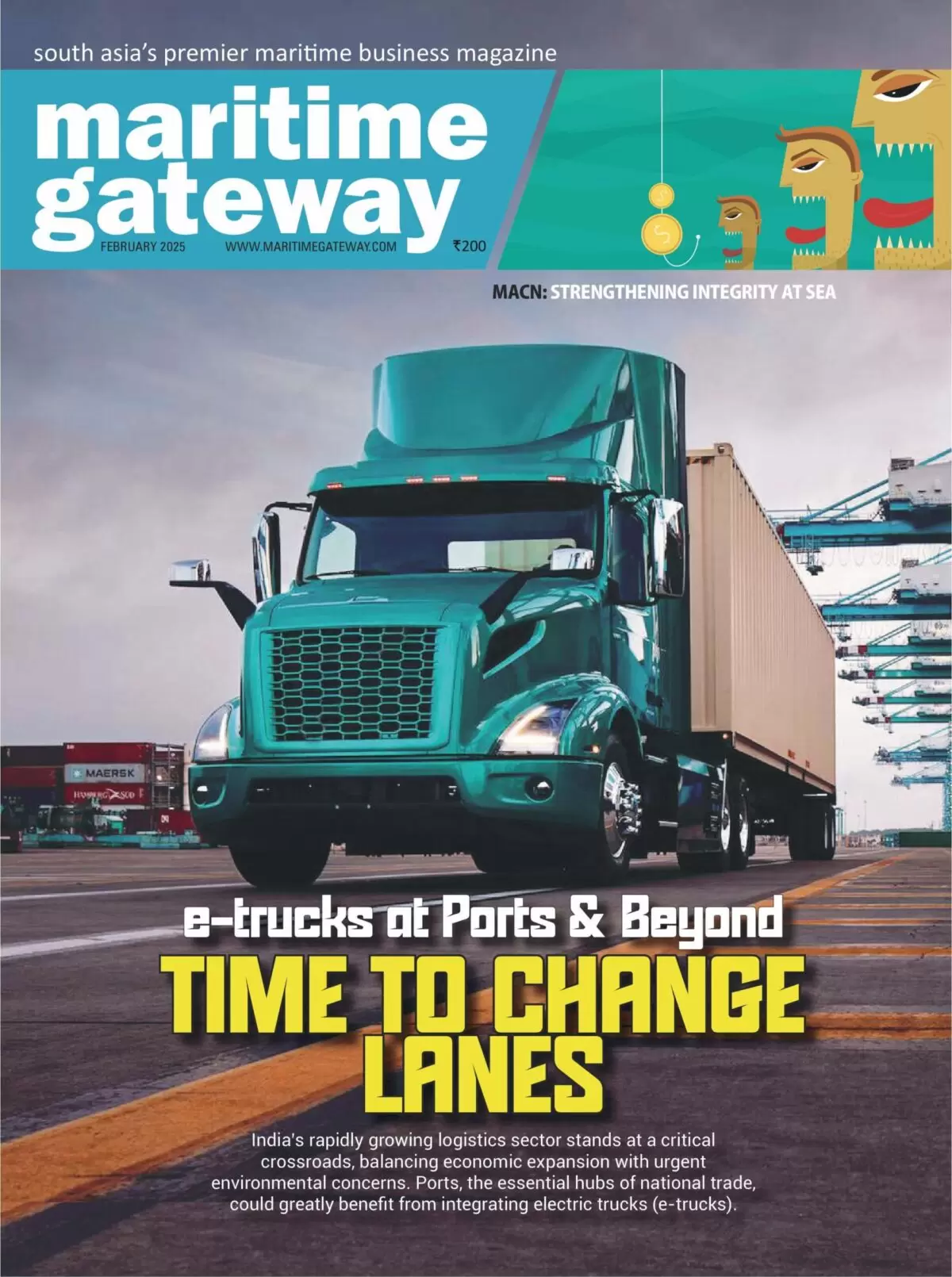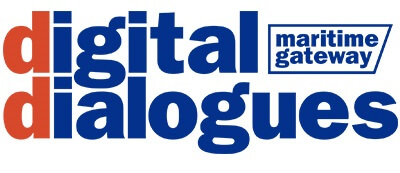What should we expect from IMO in 2025 when it comes policy developments?
This will be a busy year for IMO as the industry navigates its way through geopolitical tensions, maritime security challenges, digitalization and decarbonization. Our core mandate is to support safe, secure, efficient and sustainable shipping through robust international regulations, supported by technical assistance to Member States.
Among the many milestones we are anticipating this year, is the entry into force of the Hong Kong Convention on safe ship recycling, the anticipated fulfilment of criteria for the entry into force of the Cape Town Agreement on fishing vessel safety, and the adoption of new amendments to the MARPOL Convention to reduce greenhouse gas emissions from ships.
What are the long-term strategies for achieving the 2050 decarbonisation targets and how the member states are supported in this?
IMO Member States adopted a Revised GHG Strategy in 2023, with ambitious aims to reach net zero greenhouse gas emissions from international shipping by or around 2050. Mandatory regulations have already been set to improve energy efficiency of ships in the short term. Mid-term measures are currently under discussion, which include a global fuel standard mandating the reduction of GHG intensity in marine fuels, and a global pricing mechanism for GHG emissions. We expect these to be adopted in October 2025. We have also launched major programmes such as IMO’s GreenVoyage2050 programme and Future Fuels project to support Member States in reaching these goals.
How is IMO adapting its regulatory framework to keep pace with rapid technologies and environmental changes?
IMO updates its regulations often in order to keep up with the changes in the industry – including technological shifts and enhanced climate action. We then assist the Member States that need support to implement the regulations.
For example, the Maritime Single Window became mandatory for all countries last year, marking a great leap forward for maritime digitalization. We conducted various trainings and workshops on the Maritime Single Window around the world to help countries digitalize their shipping sectors, which also helps to increase efficiency and lower GHG emissions. At the same time, we are aware of cybersecurity risks and emerging uses of artificial intelligence, including in autonomous vessels. IMO is already working on developing a Code to regulate autonomous ships.
The IMO has been exploring alternative fuels such as ammonia, hydrogen, biofuels, and methanol. Which alternative fuels do you see as the most viable and scalable for the shipping industry in the near future? How does IMO plan to facilitate the adoption of alternate fuels such as hydrogen, ammonia or bio-fuels in the maritime sector?
IMO is technology and fuel agnostic – the Organization adopts regulations allowing the market to deliver and develop fuels. That said, there are several alternative marine fuels and new technologies currently being explored, including ammonia, hydrogen, biofuels, methanol, wind propulsion, among others. For all of these, there is a need to consider issues such as safety, regulation, pricing, infrastructural availability, lifecycle emissions, supply chain constraints, barriers to adoption and more. We continue to encourage early movers in the sector, and support Member States through initiatives such as the GreenVoyage2050 project, which focuses on piloting and trialing new GHG reduction technologies. We are also working on various regulations to ensure the safe utilization of these fuels on ships.
Safety remains a key concern with new fuel technologies. What regulatory measures is the IMO taking to ensure the safe handling and operation of vessels powered by alternative fuels?
A just and fair transition means seafarer safety is of utmost importance in the journey to decarbonization. That’s why IMO has developed interim safety guidance for ships using ammonia, LPG, methyl/ ethyl alcohol and hydrogen fuel cell powered ships, while continuing to work on guidance for hydrogen-fueled ships.
This month, IMO finalized generic interim guidelines for the training of seafarers working on alternative fuel-powered ships, to be approved in June, and will continue to develop other fuel-specific interim training guidelines. It is a serious issue for us and the energy transition will certainly be taken into account during the ongoing review of the STCW Convention and Code.
Many developing countries rely heavily on maritime trade, yet they may face higher costs and technical challenges in complying with IMO’s emission regulations. How does the IMO ensure that these new regulations are implemented fairly and equitably across all member states?
The green transition must be just and fair for all. And while it is true that the decarboniation journey will have a cost, there is a higher cost if we miss the window to act, innovate and secure a more sustainable future.
While developing the mid-term measures to reduce GHG emissions from ships, IMO conducted a comprehensive impact assessment to analyze the potential impacts of the proposed regulations on Member States, including Least Developed Countries and Small Island Developing States, as well as the world fleet. The outcomes will guide the ongoing discussions.
It is also important to note that the green transition brings a range of opportunities especially for developing countries, such as in the production and supply of zero and near zero fuels, produced through renewable power such as wind, solar and hydrogen, as we have seen in parts of Africa and Asia. India could play a significant role in this regard.
What collaborations does the IMO have with private sector stakeholders, including shipowners, fuel providers, and technology developers, to ensure effective and practical adoption of new regulations?
The input of industry organizations is vital to IMO’s decision-making process. In addition to 176 Member States, there are 89 non-governmental organisations in consultative status and 66 intergovernmental organizations that follow IMO activities very closely and contribute their technical expertise to discussions. This ensures that any regulations that are developed take into account operational realities on the ground, technological feasibility and changing needs of the industry.
IMO’s processes and structures ensure that technical considerations can be brought to the table, examined, thoroughly debated and incorporated in decisions. This partnership between governments and industry is precisely what makes IMO effective as a global regulator.







